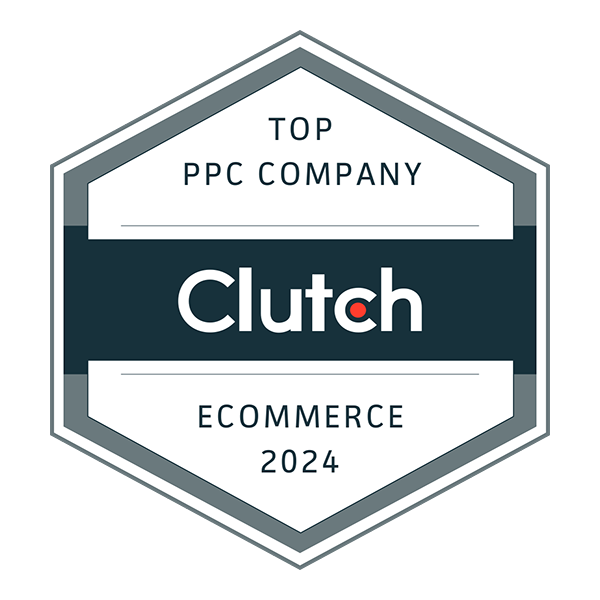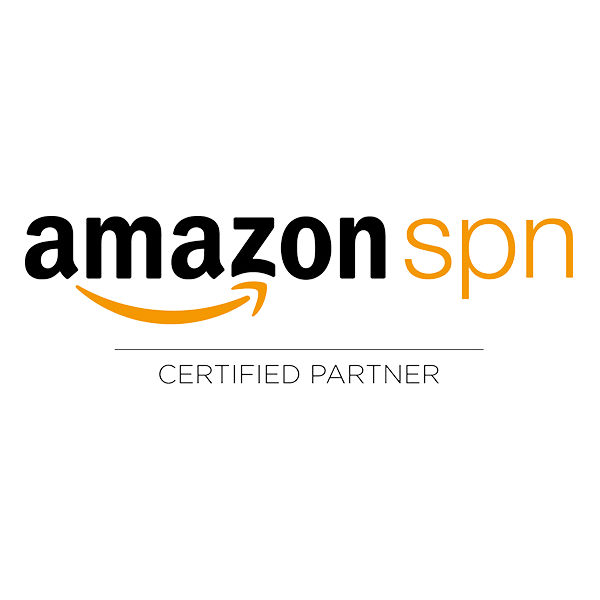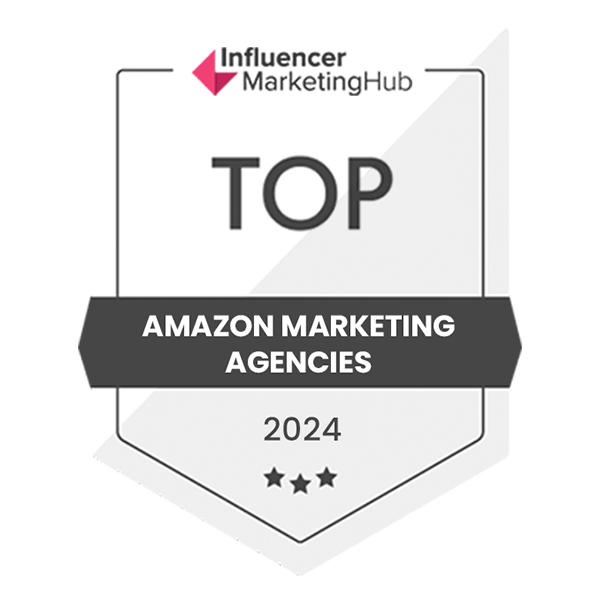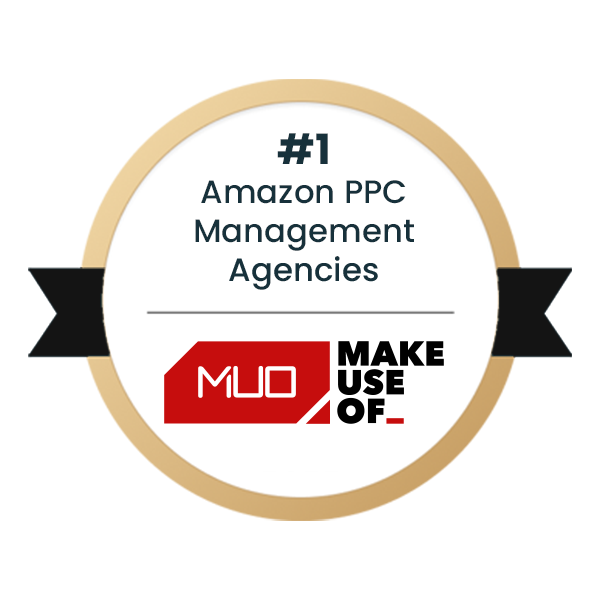The eternal struggle of Amazon sellers revolves around one critical metric: ACoS (Advertising Cost of Sales). While achieving low ACoS seems straightforward in theory—simply reduce ad spend or increase conversion rates—the reality involves navigating a complex ecosystem where aggressive cost-cutting can devastate sales velocity and organic rankings. This comprehensive guide reveals proven strategies to systematically reduce ACoS while maintaining or even increasing total sales volume.
Understanding ACoS in the Context of Total Business Performance
ACoS represents the percentage of sales spent on advertising, calculated by dividing total ad spend by total advertising-attributed sales. However, this metric becomes meaningful only when viewed within your broader business context. A 30% ACoS might be excellent for a new product launch but disastrous for an established product with thin margins.
The relationship between ACoS and total business performance involves multiple interconnected factors. Lower ACoS through reduced ad spend might improve short-term profitability but can harm organic rankings, reduce sales velocity, and decrease overall market share. Understanding this dynamic is crucial for developing sustainable optimization strategies.
Total ACoS (TACoS) provides a more holistic view by including organic sales in the denominator. This metric reveals advertising’s true impact on overall business performance. A campaign with 25% ACoS might have 15% TACoS if it drives significant organic sales, indicating excellent performance despite the seemingly high advertising cost ratio.
Lifetime Customer Value (LTV) considerations add another dimension to ACoS evaluation. Products with high repeat purchase rates or successful upselling opportunities can justify higher initial ACoS because customer acquisition costs spread across multiple transactions. This perspective transforms ACoS from a standalone metric into a customer acquisition investment.
The Strategic Foundation: Product Fundamentals That Drive ACoS Success
Listing optimization forms the bedrock of efficient ACoS performance. Even perfectly managed campaigns cannot overcome poor conversion rates caused by weak product listings. High-quality images, compelling titles, comprehensive bullet points, and persuasive descriptions directly impact conversion rates, which represent the denominator in your ACoS calculation.
Pricing strategy profoundly affects ACoS performance through its impact on conversion rates and competitive positioning. Products priced too high for their perceived value struggle with conversion rates, requiring more advertising spend to generate sales. Conversely, competitive pricing improves conversion rates, naturally lowering ACoS while maintaining sales volume.
Review management influences both conversion rates and advertising efficiency. Products with strong review profiles convert better, reducing the advertising investment needed to generate sales. A systematic approach to review acquisition and management should precede aggressive ACoS optimization efforts.
Inventory management affects ACoS through its impact on campaign consistency and organic rankings. Stockouts interrupt campaign momentum and damage organic visibility, requiring increased advertising spend to regain lost ground. Maintaining adequate inventory levels supports consistent campaign performance and sustainable ACoS improvement.
Campaign Structure Optimization: Building Efficiency from the Ground Up
Campaign architecture directly impacts ACoS through its effect on keyword relevance, budget allocation, and optimization opportunities. Single keyword ad groups (SKAGs) enable precise bid management and negative keyword application, leading to better traffic quality and improved conversion rates.
Match type distribution requires strategic balance to achieve optimal ACoS performance. Broad match campaigns capture new keyword opportunities but often generate higher ACoS due to less precise targeting. Exact match campaigns typically deliver lower ACoS but may limit growth potential. The optimal approach uses broad match for discovery and exact match for scaling proven performers.
Campaign goals alignment ensures different campaign types serve specific purposes without competing against each other. Auto campaigns excel at keyword discovery but typically maintain higher ACoS. Manual campaigns provide control for ACoS optimization. Sponsored Brand campaigns build awareness and can justify higher ACoS for strategic reasons. Each campaign type should have defined goals and appropriate ACoS targets.
Budget allocation between campaign types affects overall ACoS performance. Overinvesting in high-ACoS discovery campaigns while underfunding efficient exact match campaigns leads to suboptimal portfolio performance. Regular budget reallocation based on performance data optimizes overall ACoS while maintaining growth opportunities.
Advanced Bidding Strategies for ACoS Reduction
Bid optimization represents the most direct lever for ACoS improvement, but effective bidding requires understanding the relationship between bid amounts, ad placement, and conversion rates. Higher bids generally improve ad placement and click-through rates but increase costs. The key lies in finding the bid sweet spot where improved placement generates enough additional conversions to offset higher click costs.
Time-based bidding strategies can significantly impact ACoS by aligning bid amounts with conversion probability patterns. Analysis of hourly and daily performance data reveals when your target customers are most likely to convert. Increasing bids during high-conversion periods and reducing them during low-conversion periods improves overall efficiency.
Placement-based bidding offers another optimization avenue through Amazon’s placement multipliers. Top of search placements typically generate higher conversion rates but at premium costs. Product page placements often provide better ACoS but lower visibility. Optimizing placement multipliers based on conversion rate data by placement type can improve overall campaign efficiency.
Dynamic bidding strategies utilize Amazon’s machine learning to optimize bids for each auction automatically. The “down only” strategy reduces bids for clicks unlikely to convert while maintaining bids for promising opportunities. The “up and down” strategy increases bids for high-conversion-probability auctions and decreases them for low-probability auctions. These automated approaches can improve ACoS while reducing management time.
Keyword Research and Optimization: Quality Over Quantity
Keyword selection profoundly impacts ACoS through its effect on traffic quality and competition levels. Long-tail keywords typically deliver better ACoS due to lower competition and higher purchase intent, while broad keywords generate more volume but often at higher costs. Building campaigns around a mix of proven long-tail performers and strategic broad terms optimizes both efficiency and growth.
Search term analysis reveals actual search queries driving traffic, enabling precise optimization decisions. High-volume, low-converting search terms represent prime negative keyword opportunities. High-converting terms at broad match should be extracted into exact match campaigns for better control and typically lower ACoS.
Competitor keyword analysis identifies opportunities for improved efficiency. Targeting competitor brand terms often generates excellent ACoS when your product offers clear advantages. However, this strategy requires careful monitoring to ensure compliance with Amazon’s policies and avoid unnecessary competition on terms where your product lacks competitive advantages.
Seasonal keyword strategies account for changing search patterns and competition levels throughout the year. Holiday-related terms might justify higher ACoS during peak seasons while requiring aggressive optimization during slow periods. Building seasonal keyword lists and adjusting bids accordingly optimizes yearly ACoS performance.
Conversion Rate Optimization: The Multiplier Effect on ACoS
Conversion rate improvements provide the most powerful ACoS reduction mechanism because they increase the sales denominator without affecting the advertising cost numerator. A 20% conversion rate improvement effectively reduces ACoS by 16.7% without any changes to advertising strategy.
A/B testing different listing elements systematically improves conversion rates over time. Testing main images often provides the most significant impact, followed by titles, bullet points, and pricing. Even small conversion rate improvements compound over time, leading to substantial ACoS reductions.
Enhanced Brand Content (EBC) and A+ Content can significantly improve conversion rates by providing additional product information and addressing customer concerns. These features typically increase conversion rates by 10-15%, directly translating to ACoS improvements of similar magnitude.
Mobile optimization becomes increasingly important as mobile traffic grows. Ensuring product images, titles, and descriptions display effectively on mobile devices prevents conversion rate losses that inflate ACoS. Mobile-specific testing and optimization can reveal significant improvement opportunities.
Data Analysis and Decision Making: Moving Beyond Basic Metrics
Cohort analysis reveals how ACoS performance changes over time for different customer segments or keyword groups. New keywords might start with high ACoS but improve as they accumulate performance data. Understanding these patterns prevents premature optimization decisions that could harm long-term performance.
Attribution analysis considers the customer journey’s complexity and advertising’s role throughout the purchase process. A Sponsored Brand ad might generate high ACoS but drive awareness that leads to conversions through other campaigns or organic search. Understanding these interactions prevents suboptimal optimization decisions.
Competitive analysis provides context for ACoS performance and reveals optimization opportunities. If competitors consistently outbid you on high-value terms, improving product differentiation or adjusting pricing might prove more effective than increasing bids. Market intelligence informs strategic decisions beyond pure campaign optimization.
Profit margin analysis ensures ACoS optimization aligns with business objectives. Products with higher margins can justify higher ACoS, while low-margin products require more aggressive optimization. Incorporating profit margins into ACoS targets creates more meaningful optimization goals.
Advanced Strategies: Sophisticated Approaches for Experienced Advertisers
Portfolio bidding strategies optimize ACoS across multiple related campaigns simultaneously. This approach recognizes that individual campaigns serve different purposes within the broader advertising strategy. Discovery campaigns might maintain higher ACoS while branded campaigns deliver lower ACoS, with the portfolio achieving optimal overall performance.
Cross-campaign negative keyword strategies prevent internal competition that inflates ACoS. When multiple campaigns compete for the same search terms, overall efficiency decreases. Implementing comprehensive negative keyword strategies that direct traffic to the most appropriate campaigns improves portfolio-wide ACoS.
Product launch sequencing uses different ACoS targets for different launch phases. Initial launches might accept higher ACoS to build momentum and organic rankings. As products mature, ACoS targets gradually decrease while maintaining sales velocity. This strategic approach optimizes long-term profitability while supporting growth objectives.
Dayparting strategies align advertising spend with conversion probability patterns. Reducing or pausing campaigns during low-conversion hours while maintaining or increasing spend during high-conversion periods can significantly improve ACoS without reducing overall sales volume.
Automation and Technology: Scaling Optimization Efforts
Rule-based automation enables systematic ACoS optimization without constant manual intervention. Automated bid adjustments based on performance data, automatic negative keyword additions for underperforming search terms, and budget reallocation between campaigns based on efficiency metrics can maintain optimal performance while reducing management time.
Third-party tools provide sophisticated optimization capabilities beyond Amazon’s native features. Tools like Helium 10, Jungle Scout, and Sellics offer advanced analytics, automated optimization, and bulk management features that can accelerate ACoS improvement efforts.
Custom dashboard creation enables rapid identification of optimization opportunities across large campaign portfolios. Visualizing key metrics like ACoS trends, conversion rate changes, and search term performance helps prioritize optimization efforts for maximum impact.
API integration allows for real-time optimization responses to performance changes. Advanced sellers can build custom solutions that automatically adjust bids, budgets, and targeting based on predetermined performance criteria, enabling truly hands-off optimization for stable campaigns.
Measuring Success: KPIs Beyond ACoS
Total sales growth measurement ensures ACoS optimization doesn’t sacrifice business growth for improved efficiency metrics. The goal isn’t just lower ACoS but sustainable business growth with acceptable advertising costs. Tracking total sales trends alongside ACoS changes provides a complete performance picture.
Organic ranking improvements often result from effective advertising, creating long-term value that immediate ACoS calculations don’t capture. Monitoring organic keyword rankings and natural sales trends reveals advertising’s broader impact on business performance.
Market share analysis provides context for ACoS performance relative to competition. Maintaining or growing market share while improving ACoS indicates exceptional performance, while declining share might suggest over-optimization that sacrifices competitive positioning for short-term efficiency gains.
Customer acquisition cost analysis incorporates repeat purchase behavior and lifetime value into ACoS evaluation. Products with strong repeat purchase rates or successful cross-selling opportunities can justify higher initial ACoS because customer acquisition costs amortize across multiple transactions.
Common Pitfalls and How to Avoid Them
Over-optimization represents the most common mistake in ACoS reduction efforts. Aggressive bid reductions, excessive negative keywords, and overly restrictive targeting can improve ACoS while destroying sales volume and organic rankings. Gradual optimization with continuous performance monitoring prevents these costly mistakes.
Ignoring seasonality leads to suboptimal optimization decisions. ACoS targets appropriate for peak selling seasons might be too aggressive during slower periods. Seasonal ACoS target adjustments align optimization efforts with business reality and market conditions.
Campaign cannibalization occurs when multiple campaigns compete for the same traffic, inflating overall ACoS. Proper campaign structure and negative keyword strategies prevent internal competition while maintaining comprehensive market coverage.
Short-term focus sacrifices long-term performance for immediate ACoS improvements. Advertising investments in brand building, market share defense, and competitive positioning might inflate short-term ACoS while creating sustainable long-term advantages.
Long-term Strategies for Sustainable ACoS Management
Brand building investments accept higher ACoS on brand awareness campaigns while generating long-term benefits through improved organic performance and customer loyalty. This strategic approach views advertising as investment rather than expense, justifying higher ACoS for specific campaigns serving brand building objectives.
Product portfolio expansion enables ACoS optimization through complementary product strategies. High-margin products can support higher ACoS while low-margin products require efficiency focus. Portfolio diversification provides flexibility in ACoS optimization approaches.
Market expansion strategies might initially increase ACoS as you enter new categories or target new customer segments. These investments in growth require patience and strategic perspective, with ACoS optimization following market establishment rather than preceding it.
Competitive moat development through unique product features, superior customer service, or exclusive partnerships reduces advertising dependency over time. As your competitive advantages strengthen, required ACoS levels decrease naturally through improved organic performance.
Conclusion: Building a Sustainable ACoS Optimization System
Successful ACoS optimization requires balancing multiple objectives: immediate profitability, long-term growth, competitive positioning, and market share defense. The strategies outlined in this guide provide a framework for achieving this balance through systematic, data-driven optimization approaches.
The key to sustainable ACoS reduction lies in treating it as an ongoing process rather than a one-time project. Regular analysis, continuous testing, and strategic patience enable gradual efficiency improvements without sacrificing business growth or competitive position.
Remember that ACoS optimization serves your broader business objectives rather than existing as an end in itself. The most successful Amazon sellers view ACoS as one metric within a comprehensive performance framework that includes total sales, profit margins, market share, and long-term business value. By maintaining this perspective while implementing the tactical strategies covered in this guide, you’ll achieve sustainable ACoS improvement that supports overall business success.







